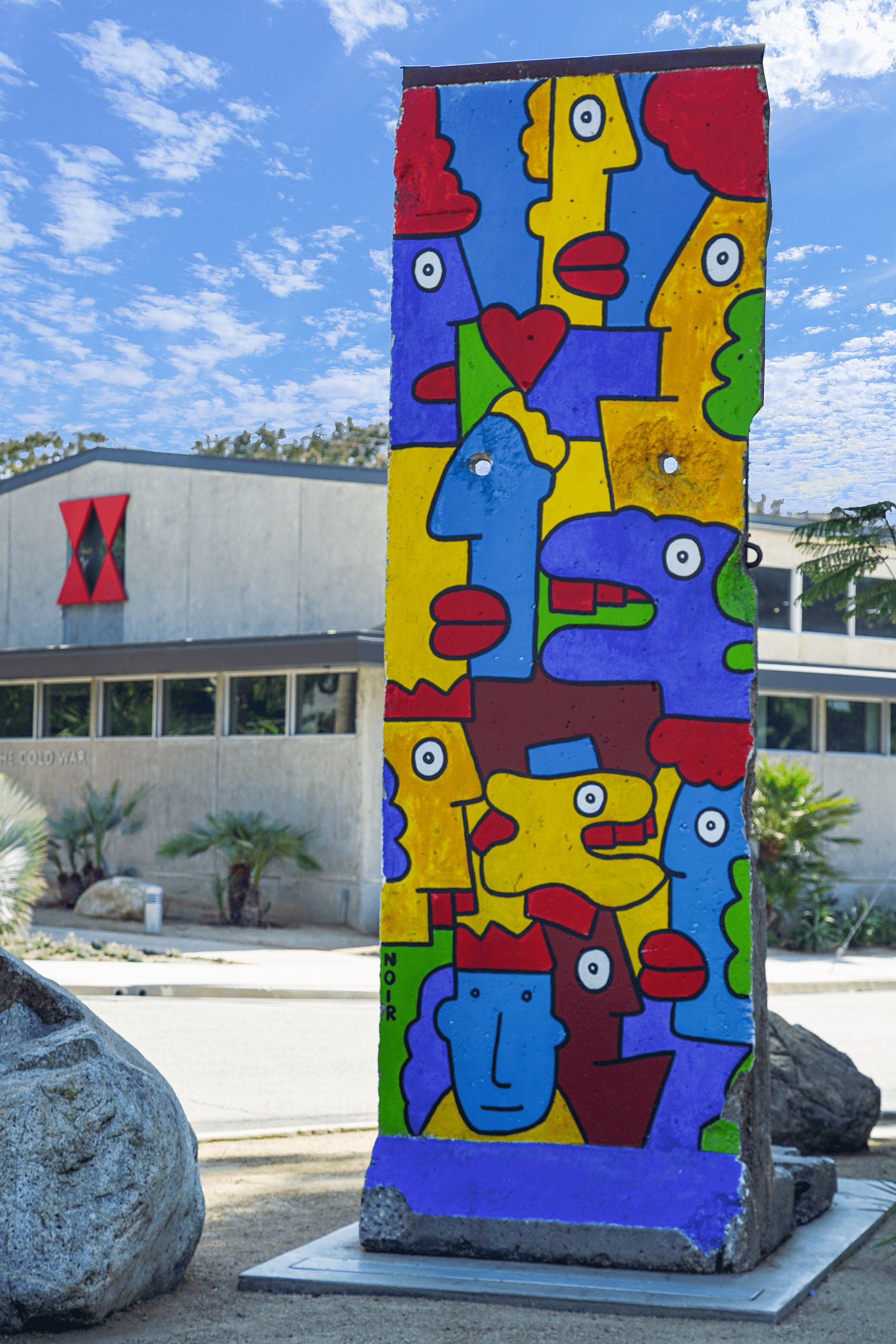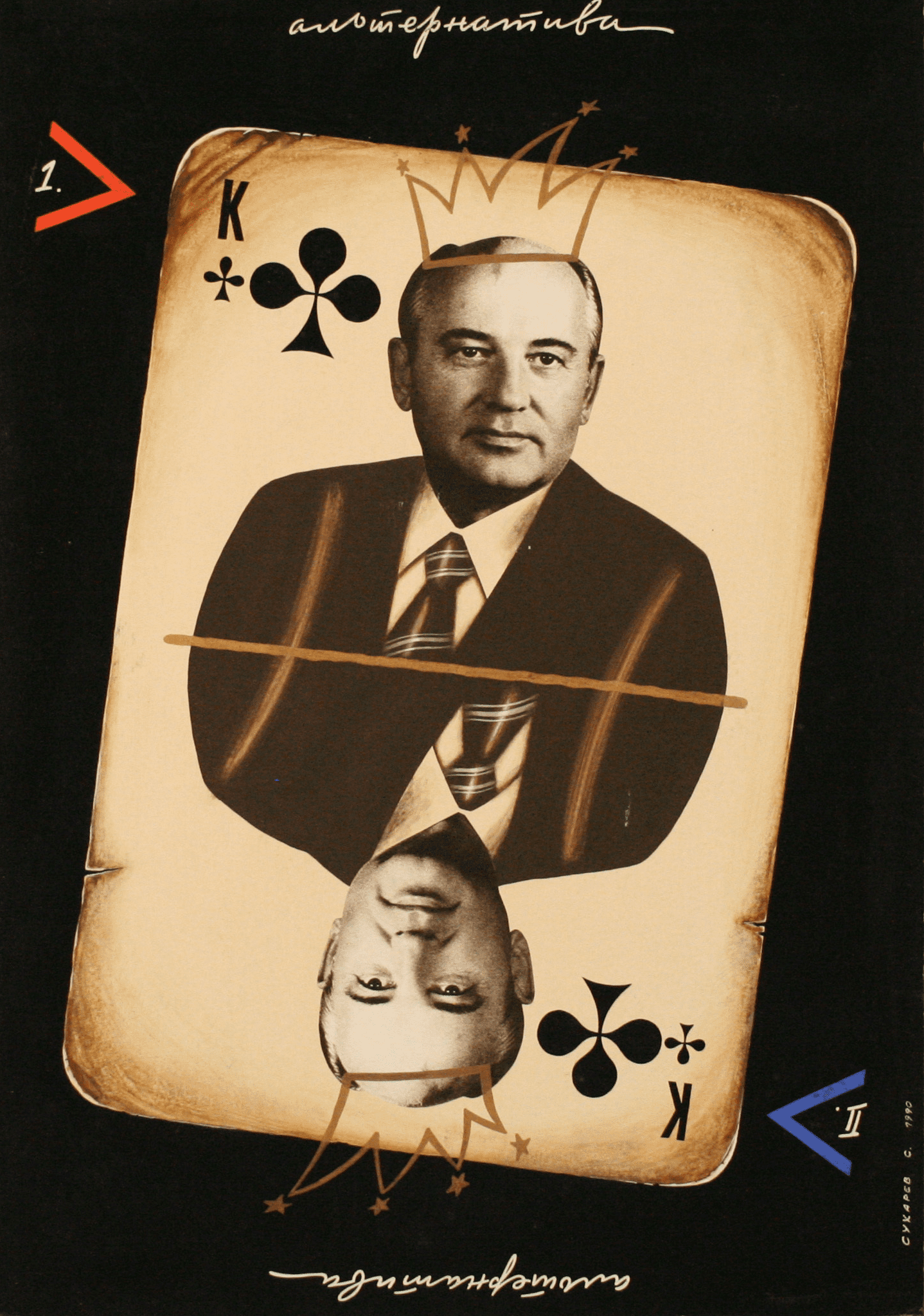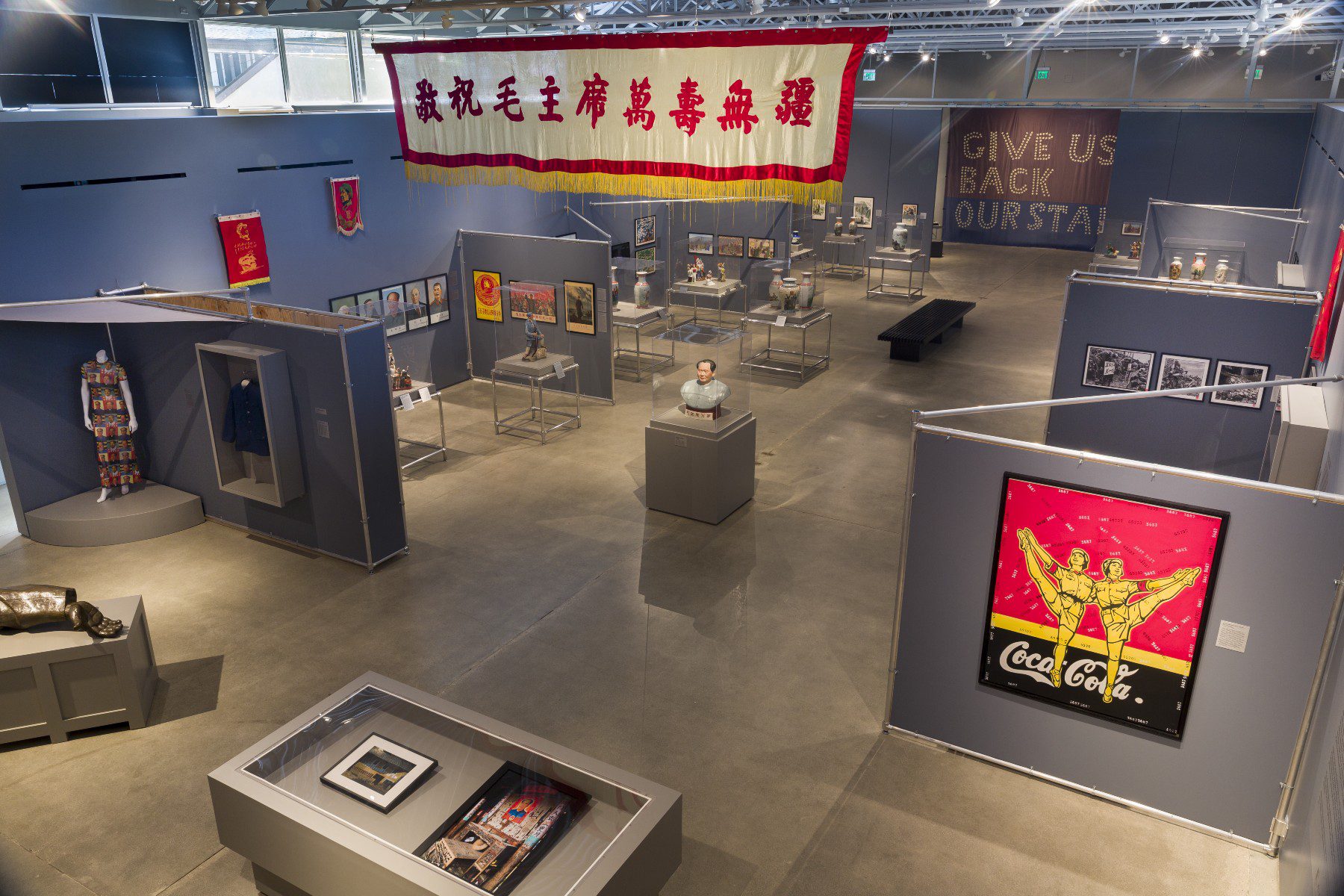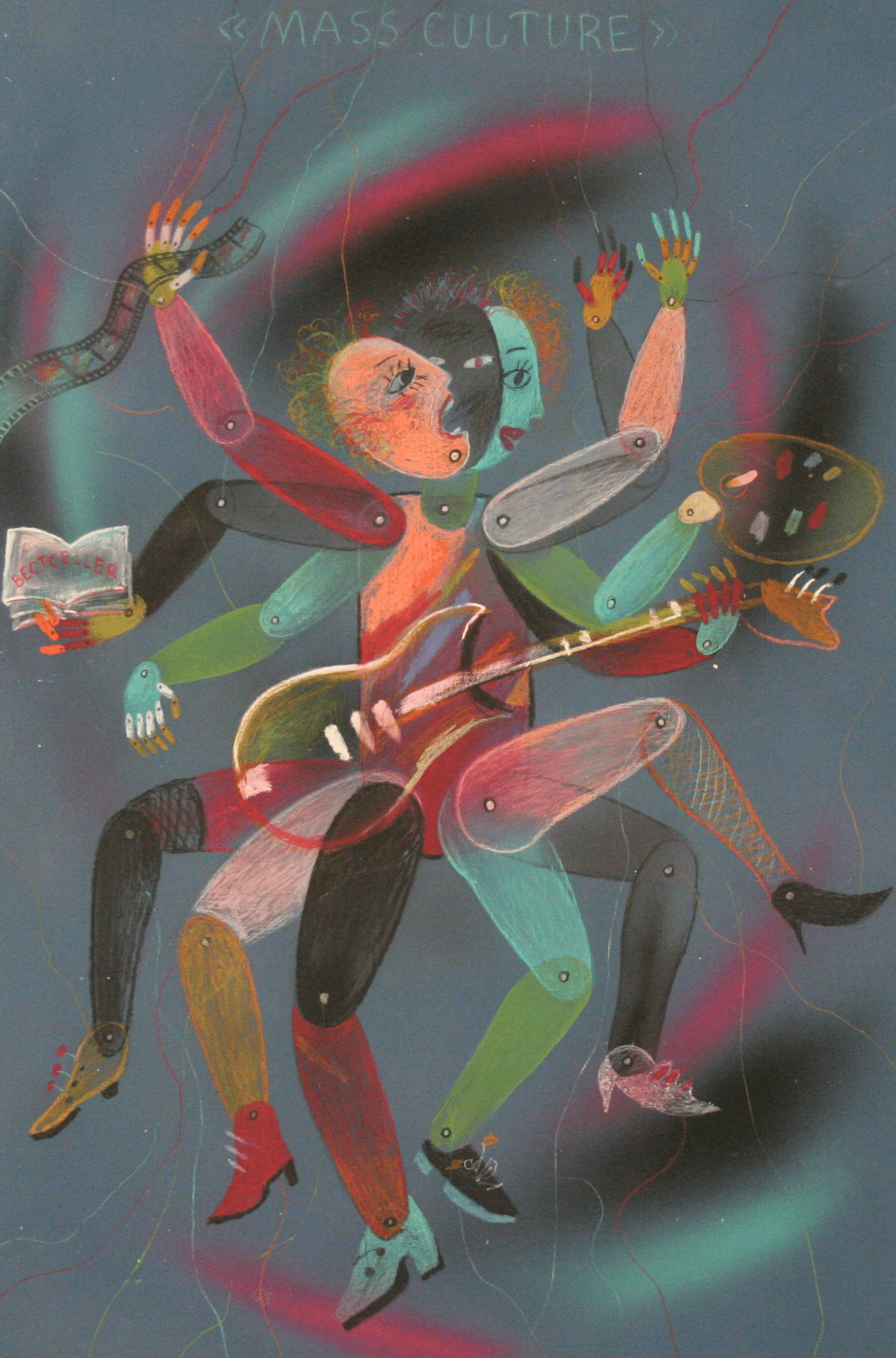Self-expression in the Soviet Navy: Personal Embellishments on Uniforms


Amongst the collection of amazing artifacts found in the Wende Museum is a collection of uniforms. Two uniforms in particular caught my attention: Soviet Naval uniform shirts with decorated collar flaps and inner cuffs. The sailors had decorated their uniforms as a way to personalize their uniforms and show their personalities. My fiancé, who had been a sailor in the U.S. Navy for five years, and his father, who had been a sailor for twenty years, told me that U.S. sailors had also been known to decorate the underside of their collar flaps and inner cuffs (known as “liberty cuffs”) as well. This was against uniform regulations in the U.S. Navy and could get sailors in trouble when caught, yet sailors enjoyed being able to turn their collar flaps around and their cuffs inside-out to make their uniforms more “flashy” and personalized whenever they had liberty and therefore continued to decorate their uniforms as a form of self-expression.
The uniform shirts in our collection are from the 1970s. One of the shirts has a tag that indicates it was made in 1975. The other shirt’s tag has been worn off but based on the style and design of the shirt, it was made around the same time as the other. The shirts are both very simple in design. They shirts are a pullover style, made from navy blue felt with the traditional sailor collar. The collar flaps attach to the shirts via buttons in the front and swing over the head to lie over the shirt collar. The collar flap, also known as a “jumper flap” or a “tar flap” collar, originated as a protective cover to prevent the uniform shirt or jacket from being soiled by the grease, powder or tar that many seamen wore to hold their hair in place.
Both uniforms in our collection have decorated collar flaps. The first depicts an airplane and reads ‘Sevastopol’ on top and ‘Marine Aviation’ on the bottom (translated from Russian)*. Sevastopol is the former home of the Soviet Black Sea Fleet and was “closed city” during the Soviet era. This meant it was open only to residents and non-residents had to apply to the authorities in order to visit. On either side of the airplane image are acronyms. The one on the right is Air Force (VVS) with the Air Force flag in the background. The one on the left is possibly a Navy acronym and is depicted with the Soviet Navy flag. This uniform used to also have the inner cuffs decorated with what appears to have been blue velvet. This fabric has since been torn out with the only remnants remaining where it had been sewn in.
The second uniform’s collar flap reads ‘Russian begins here’ (translated from Russian), referring to Kamchatka, which is located across the Bering Sea from Alaska. Petropavlosk is written along the bottom of the image with other unintelligible words. Petropavlovsk-Kamchatsky is the main city of Kamchatka Krai today. Kamchatka was also a “closed city” during the Soviet era; it was declared a military zone after World War II and remained closed to Russians until 1989 and to foreigners until 1990. This collar flap is less colorful than the other and is designed to look like a map. The Kamchatka Peninsula is depicted along with two ships on pillars with mountains (possibly volcanoes) in the background. A banner with the years 1983-1986 is drawn across the top of the image. The inner cuffs of this uniform are decorated with purple velvet.
Both of these uniforms are unique because of the personal embellishments. I briefly researched the history of military uniform embellishments and was unable to find any further information about this trend. The Wende Museum’s efforts to preserve Cold War history and all related artifacts even more important knowing decorated uniforms, such as the two found in our collection, are so rare and unique.
*Translated by Yelena Kravtsova.






